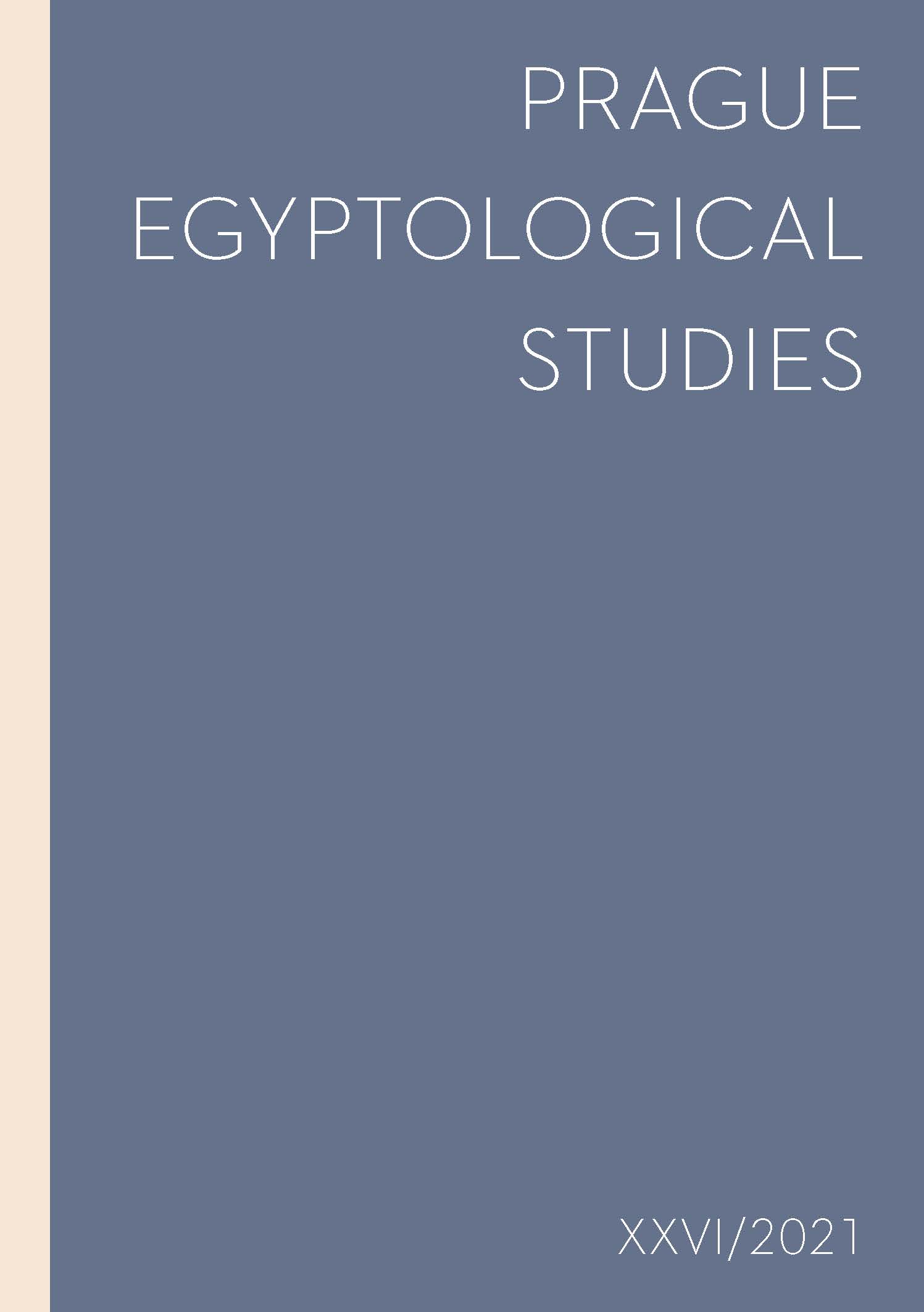The symbolism of the number three in various forms of material culture in funerary architecture during the Old Kingdom
The symbolism of the number three in various forms of material culture in funerary architecture during the Old Kingdom
Author(s): Leo RoetenSubject(s): Archaeology, Ancient World
Published by: Univerzita Karlova v Praze - Filozofická fakulta, Vydavatelství
Keywords: Old Kingdom; number symbolism; serekh; false door jambs; palace façade panelling; great kA door; tomb U j;tomb Hor Aha;architecture
Summary/Abstract: In various expressions of material culture examples not only of the use the number three but also of sub units of three equal and mainly simple decorative themes employed in combination with another decorative theme can be observed. The conclusion of the study, which limits itself to the Old Kingdom, is that the most expressive example of the use of this sub unit in architecture and decoration at first was to be found in the palace façade panelling on the exterior walls of early dynastic elite tombs. At the end of the First Dynasty this type of decoration disappeared almost completely from the exterior tomb walls, but this decorative theme continued to be used in some of the newly developed interior cruciform chapels. If the observation that the three types of niche used in the palace façade panelling can be directly linked with the false doors with one, two or three door jambs is combined with the chronological development of the number of those door jambs during the Old Kingdom, strong indications of a connection between the palace façade panelling and the true false door can be found. While the one jamb false door disappears from the chapel in the course of the Old Kingdom, the two jamb false door continues in use. A possible conclusion is that the original offering place in front of the panelled exterior wall is likely to have been a plain single or plain compound niche, and that the latter was, in a ritual sense, the most important of the two. In the course of the Old Kingdom the three jamb false door is introduced, probably as a derivative of the great door niche, and this feature showed an increasing use during the rest of the Old Kingdom.
Journal: Pražské egyptologické studie
- Issue Year: 2021
- Issue No: 26
- Page Range: 46-78
- Page Count: 33
- Language: English

